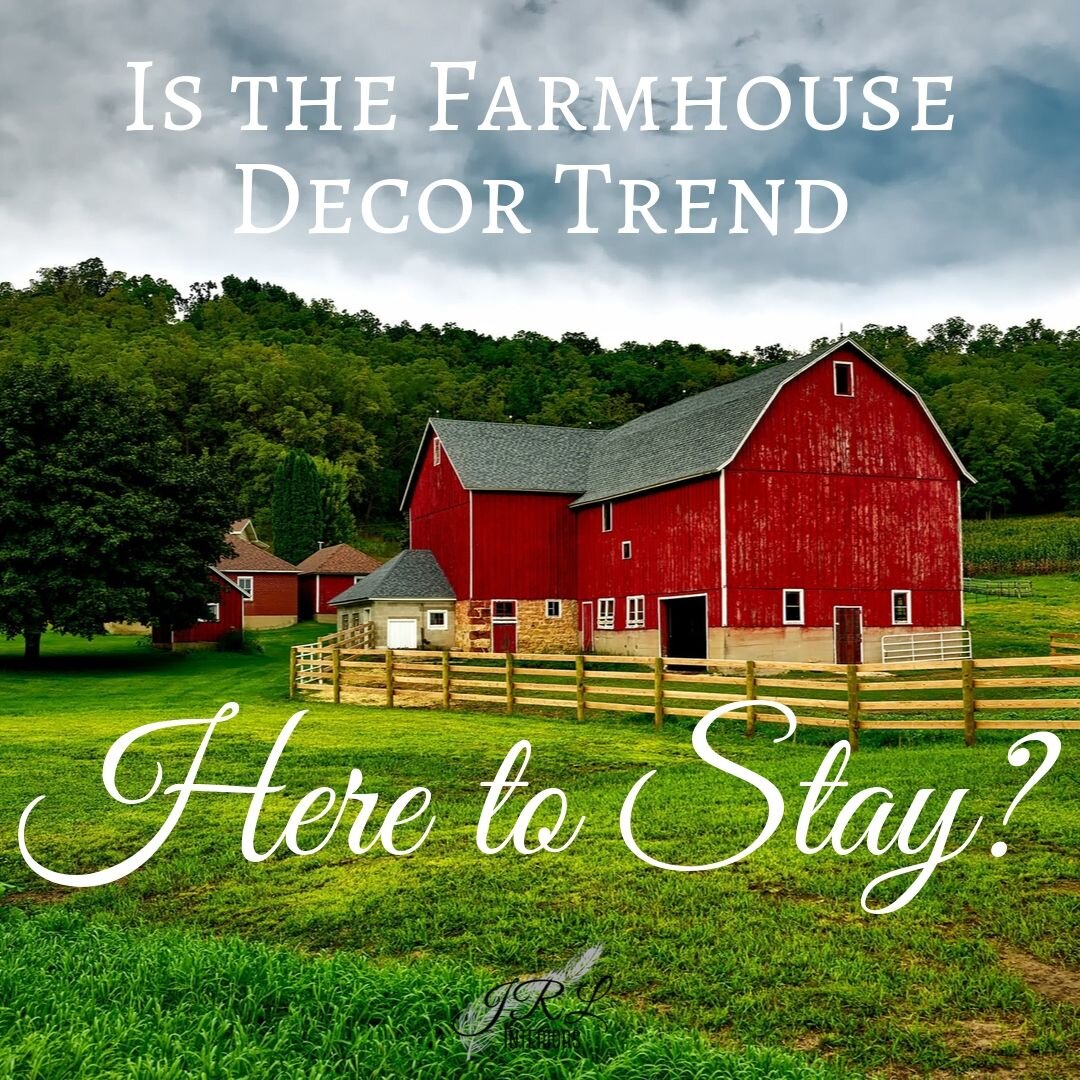This is the decade of farmhouse décor. In the current American farmhouse era, you can’t scroll through Pinterest without tripping over a zillion posts on farmhouse style. This farmhouse has the iconic barn doors, tinware and rustic accessories, and an avalanche of mason jars, shiplap walls, and chalkboard labels. Regretfully, not EVERY house was meant to be a farmhouse. Every neutral, slipcovered, grey and white room with rustic accessories, claims to be farmhouse chic. And the appeal of the décor is obvious with its apparent artlessness, and casual airy feel, but it is so ubiquitous it is hard to tell one farmhouse room from another. Faux anything is definitely a trend that has a limited shelf life, but farmhouse decor that is authentic and appropriate is a casual classic with staying power.
This is an authentic farmhouse dining room from the classic California farmhouse, Patina Farm, designed by owners and incredibly talented duo Brooke and Steve Gianetti. Photo by Lisa Romerien
Remember not that long ago when we were all sitting around in our kitchens with faux plaster painted walls and disapproving ceramic roosters staring us down? Sipping our wine and pretending we lived in a villa in Tuscany…it was a trend of fake Tuscan, and now it has been usurped by American farmhouse chic.
Glaring ceramic rooster
If you have read this blog for any length of time, you know that I am a proponent of timeless style in design. As a practical matter, timelessness makes sense – no need to redo the room every time a new trend appears, and no trendy décor items to find a way to get rid of. I am especially an advocate of classic style and the best quality you can afford for larger furniture pieces and difficult to change finishes. It keeps the disposable sofas out of the landfill and is both ecologically AND fiscally responsible. But above all, I believe in Elsie de Wolfe’s mantra of suitability. Your décor should reflect what YOU truly love, but it should also be suitable for the architecture and location of your house and for your lifestyle.
Authentic Farmhouse (note the actual farm animal) featuring simple lanterns, an abundance of white painted shiplap, rustic simple furnishings, and classic blue and white. Photo by Brian Woodcock, Styling by Page Mullins. Photo via Country Living
So go ahead, if you love farmhouse décor, use it, just be wise about whether it fits the character of your house and avoid anything too cliché. Scour flea markets and vintage shops for your accessories instead of mass produced fake pallet signs instructing you to EAT, use furnishings made from reclaimed wood or vintage pieces rather than faux chipped paint, and for heavens sake, keep the barn doors out of the mix unless you are at least farm-animal-adjacent. Maybe we need a rule of thumb that you have kept those chickens alive for a minimum of 3 years before that’s allowed…
In any case, the most appealing aspects of what passes for farmhouse style are its simplicity and casual , comfortable livability, and those can translate into any style home. You just don’t need to call it farmhouse - unless, of course, there are actual live chickens strolling through the kitchen.






